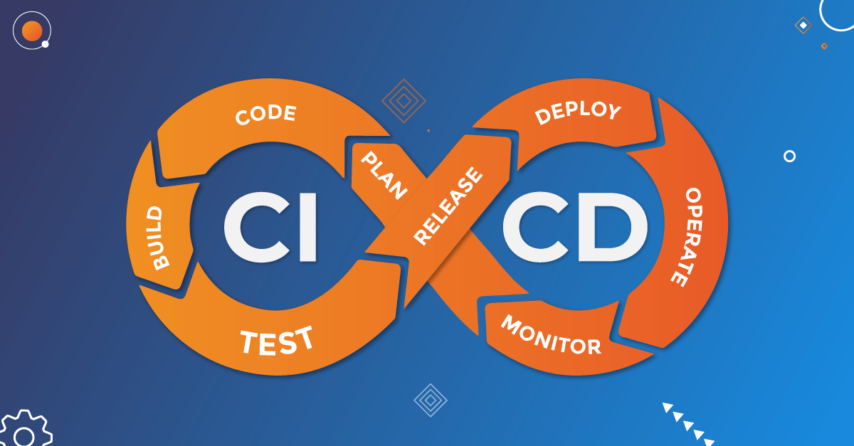By Ubaid Syed
Benefits of Continuous Integration and Continuous Deployment (CI/CD)
Introduction
In the ever-evolving realm of software development in USA, where agility and efficiency reign supreme, Continuous Integration and Continuous Deployment (CI/CD) have emerged as indispensable methodologies. These practices automate and streamline the software delivery pipeline, fostering a culture of rapid iteration, enhanced collaboration, and continuous improvement.
Benefits
Enhanced Software Quality:
CI/CD promotes a proactive approach to quality assurance by automating the integration of code changes and running comprehensive test suites. This continuous validation ensures that any defects or issues are identified and addressed early in the development cycle, leading to higher overall software quality.
Accelerated Time-to-Market:
By automating the build, test, and deployment processes, CI/CD significantly reduces the time and effort required to release new features and updates. Developers can push code changes with confidence, knowing that automated tests will catch any regressions, resulting in faster time-to-market for innovative solutions.
Improved Collaboration and Communication:
CI/CD fosters closer collaboration between development, testing, and operations teams by providing visibility into the entire software delivery pipeline. Automated notifications and feedback mechanisms facilitate seamless communication, enabling teams to identify and resolve issues collaboratively.
Boosted Developer Productivity:
With CI/CD, developers can focus on writing code and building features without being bogged down by manual tasks. Automation streamlines repetitive processes such as code integration, testing. And deployment, freeing up valuable time for developers to innovate and iterate on their creations.
Iterative Development and Continuous Feedback:
CI/CD encourages an iterative development approach, where small, incremental changes are continuously integrated and deployed. This iterative process allows developers to receive immediate feedback on their code changes. So, enabling them to iterate rapidly and deliver improvements incrementally.
Scalability and Adaptability:
CI/CD pipelines are highly adaptable to various project requirements and environments. Whether scaling up to accommodate increased workload or adapting to changes in infrastructure, CI/CD pipelines provide the flexibility needed to support evolving development needs.
Reduced Risk and Cost:
By automating key aspects of the software delivery process, CI/CD helps mitigate risks associated with manual errors and deployment failures. Early detection of issues and automated rollback mechanisms minimize the impact of defects, reducing downtime and associated costs.
Conclusion
In summary, continuous Integration and Continuous Deployment (CI/CD) offer a comprehensive suite of benefits that empower software development teams to deliver high-quality software faster and more efficiently. From enhancing collaboration and productivity to mitigating risks and accelerating time-to-market, CI/CD has become an indispensable tool in the modern software development toolkit. By embracing CI/CD practices, organizations can stay competitive, innovate with confidence. And drive continuous improvement in their software delivery processes.







